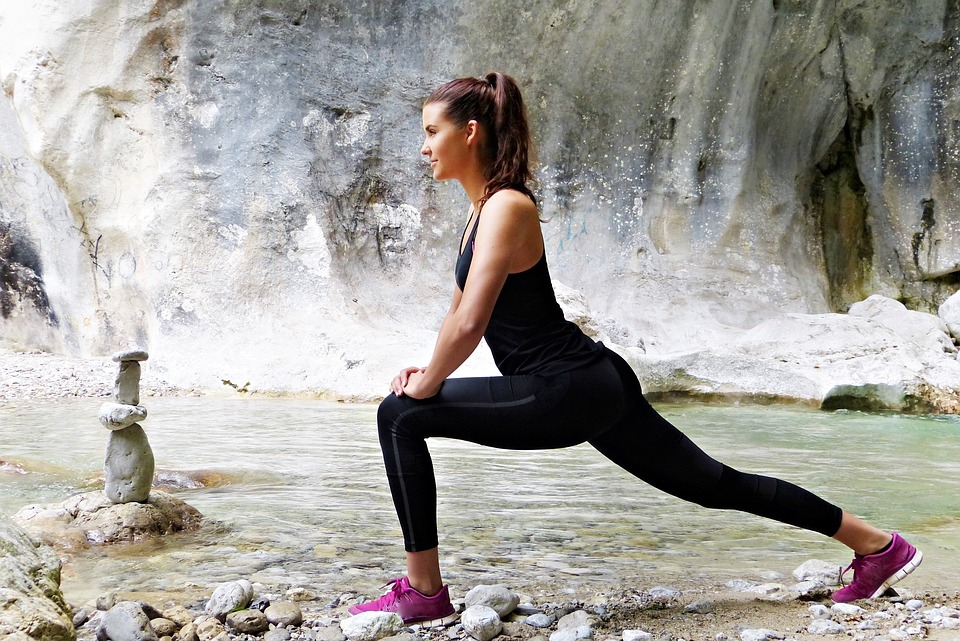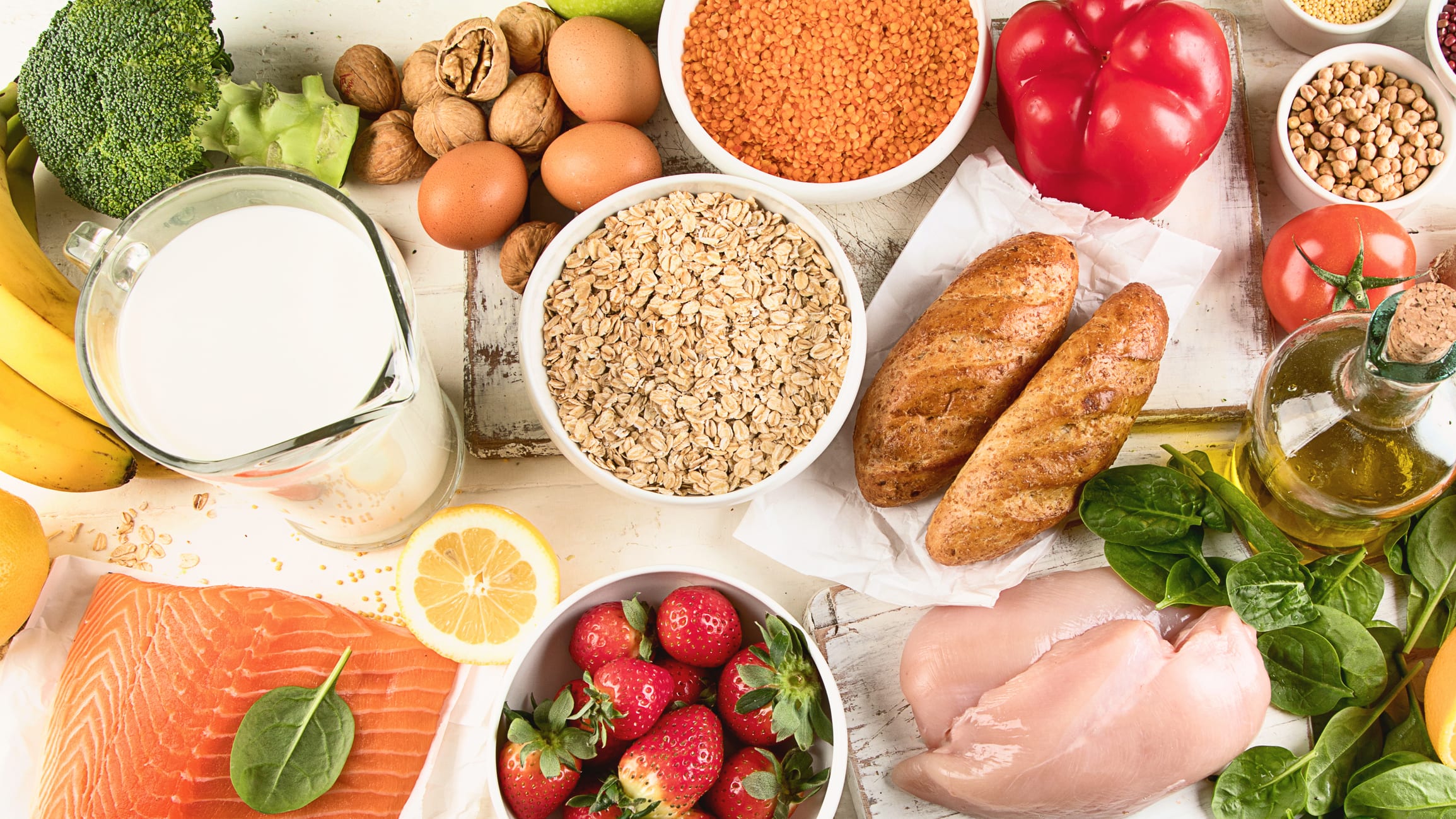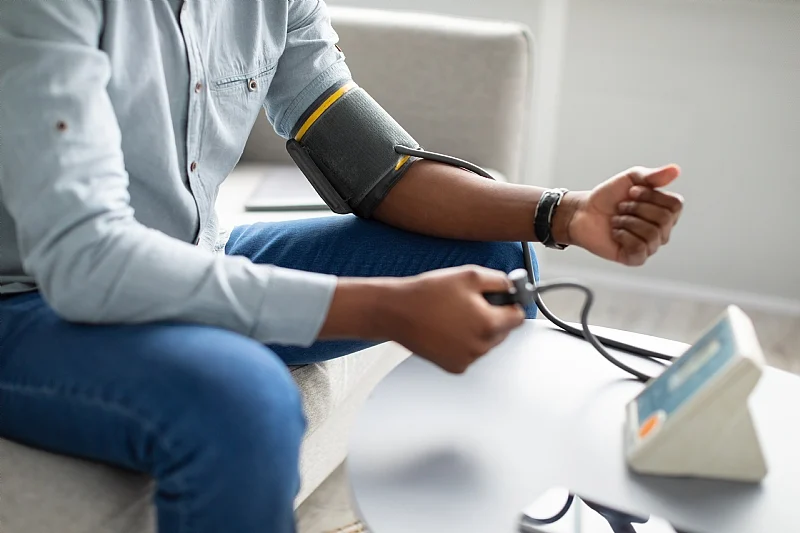During the first few minutes of exercise: Glycogen in the muscles is broken down anaerobically and used to fuel the muscles. As the exercise continues, oxygen becomes available for the aerobic break down of carbohydrates, fats and proteins. In addition to the glycogenolysis, muscle takes up the glucose in the circulation. After 5–10 minutes of...





